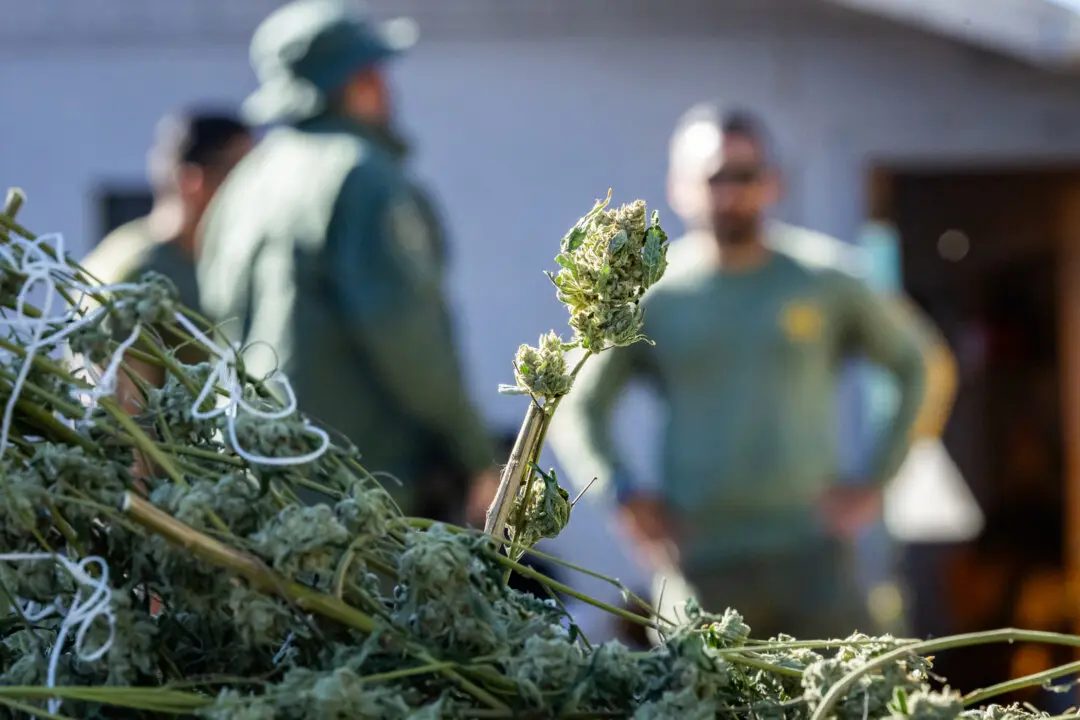California Gov. Gavin Newsom signed an executive order Feb. 13 intended to protect the state’s water supplies from climate change and the risk of prolonged drought, despite the state’s wettest three-week period on record in late December and early January.
The state has seen an unseasonably dry February and could see a return to warm and dry conditions during the remaining weeks of the typically wet winter months, according to the governor’s Feb. 13 media release on the issue, which notes that heavy rains in the fall of 2021 were followed by the driest start to 2022 in more than a century.





